Kodo millets idli and dosa
Kodo millet idli and dosa
kodo millet idlis
Kodo millet dosa
A delicious a nd simple way to enjoy a healthy breakfast with millet idli and dosa.
Many of you are already aware about how i replace soaking grinding of some ingredients for many reasons and resort to using either rice flour or udad dal flour or sometimes even only flours to prepare idli dosa batter .
Believe me for someone who has been raised on true traditional authentic ways of preparing dishes such as idlis or dosas, such practices are completely unheard of or even if it was resorted to , there mst be a strong reason . However over the years i have been testing some ways to prepare idlis or dosas to help those who are away fropm home without a grinder or a mixie blender to soak and grind , or for those with very little kitchen time .
These methods do come handy and have been vouched for by validating such recipes by many followers s of my blog .
Kodo millet dosa
Kodo millets idlis
Kodo millets are an annual tufted grass that was domesticated in India almost 3000 years ago. The grains vary in colour from light red to dark grey, and like most millets the fiber content is very high.
Known as Varagu in Tamil, Haraka in Kannada, Kodra in Hindi, Arikelu in Telugu, kodo millets are storehouse of nutrients.
Low glycemic index – Which means that kodo millets release glucose/energy slowly, over a longer period of time and thus helps in sugar control. This makes it a great substitute for polished white rice
Gluten-free – Great for people with gluten intolerance or celiac disease.
Easy to digest
Rich in antioxidants like polyphenols
Rich in dietary fiber.
Good source of vitamins – Vitamin B6, Niacin, folic acid and minerals such as calcium, iron, magnesium and zinc
Regular consumption of Kodo millet is very beneficial for postmenopausal women suffering from signs of cardiovascular diseases like high blood pressure and high-cholesterol levels. Kodo Millet is used in place of grain in the preparation of Pulao, Kichadi, Upma, and Pongal. This can be ground into flour to make parathas, Dosas, and chapatis. It is prepared directly and ingested with a variation of curries. It is also boiled till soft in terms of making Dessert, a sweets treat.
Watch my youtube video for the method .


















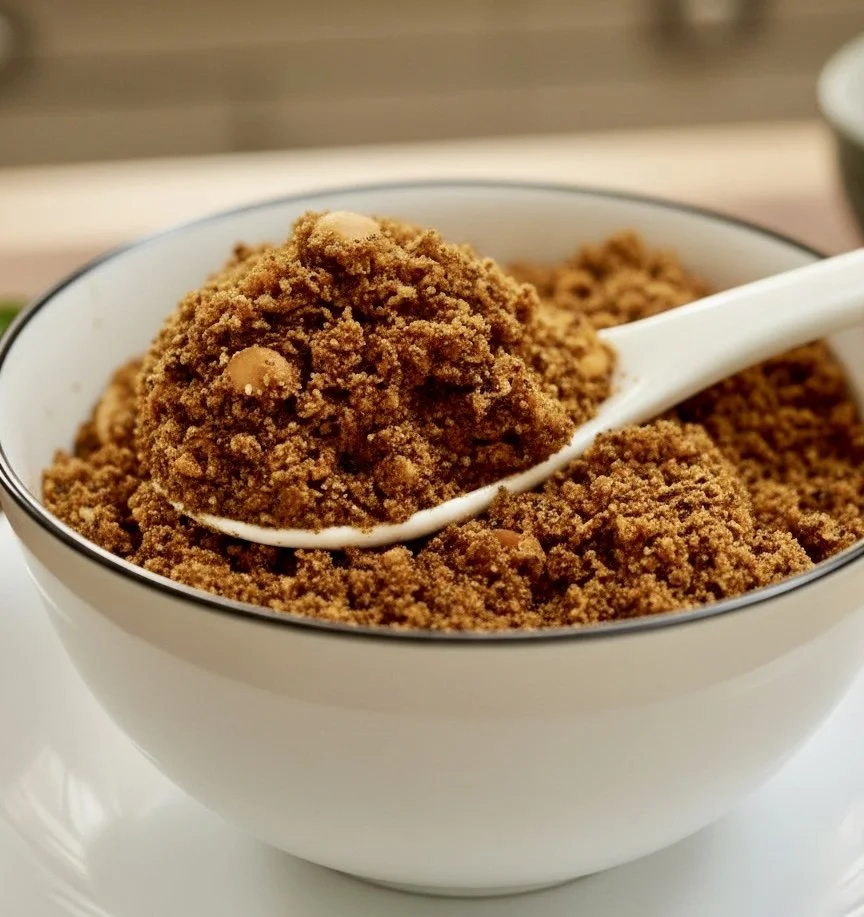

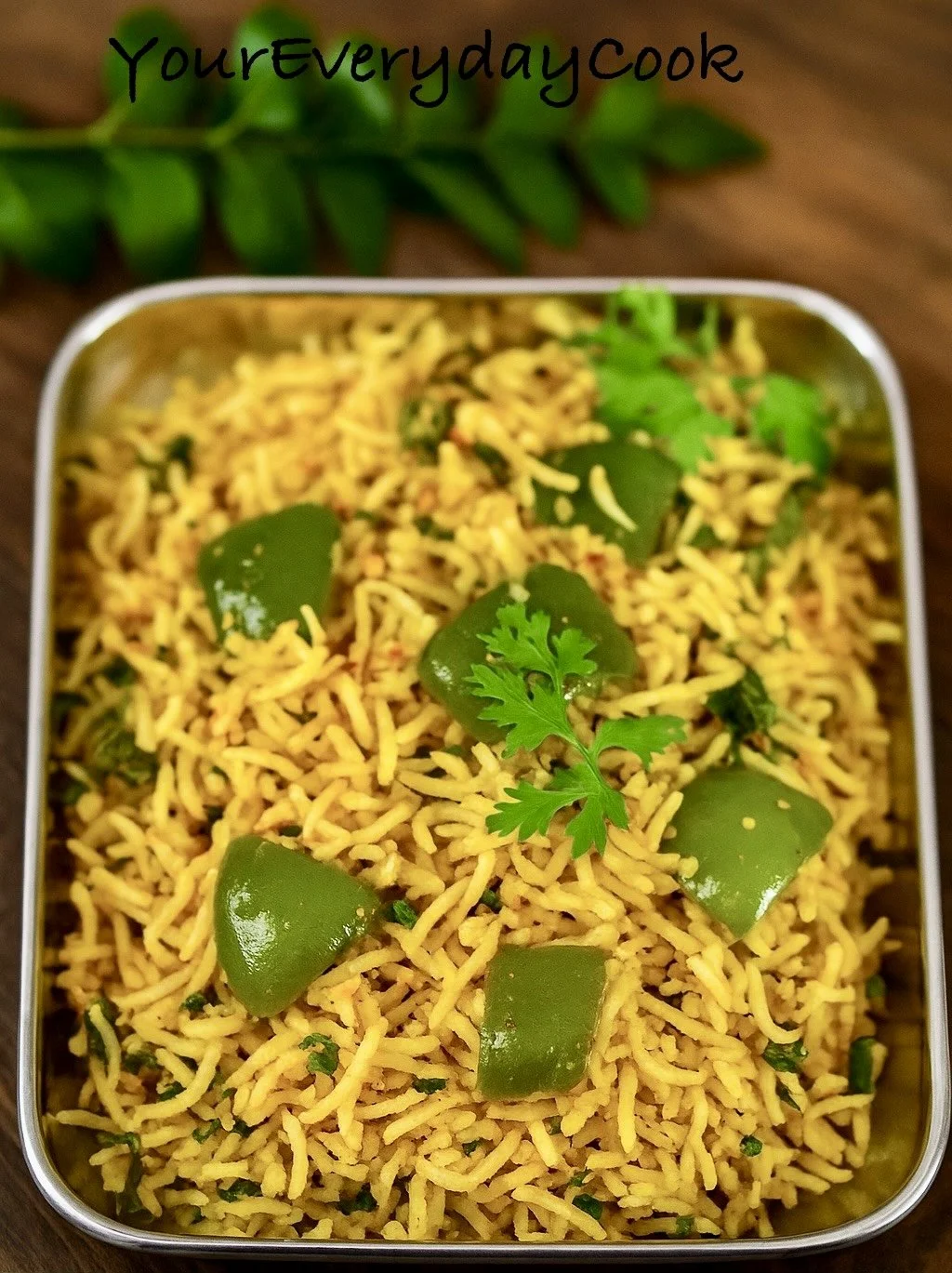
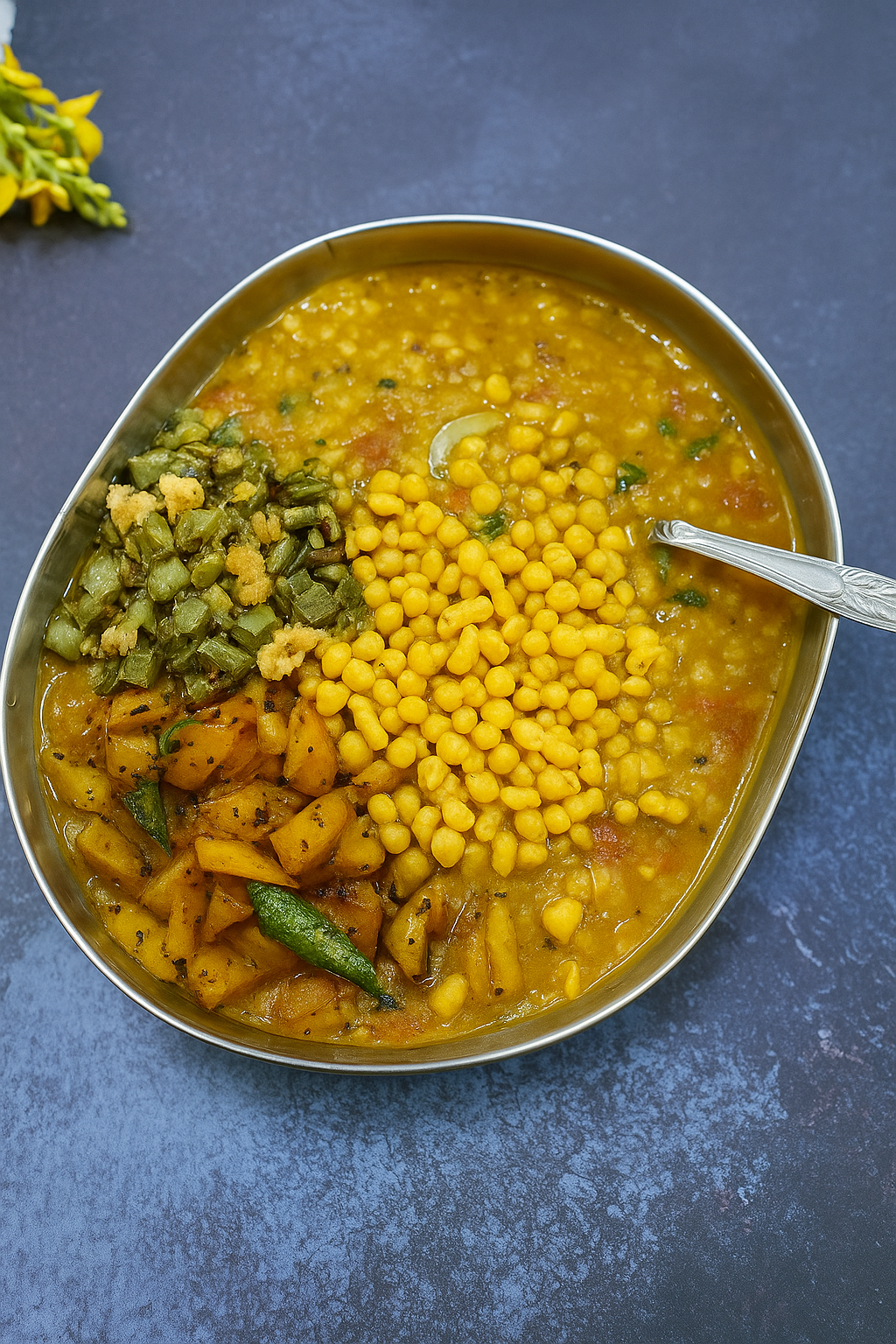

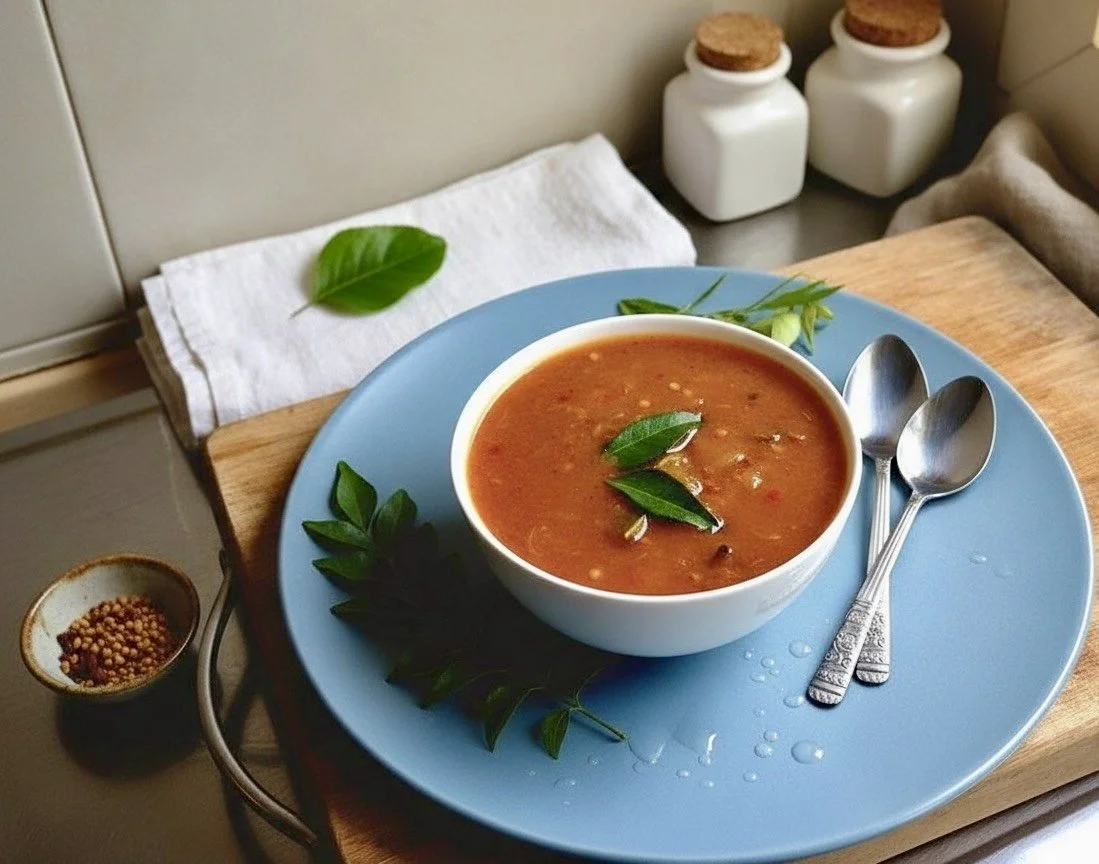

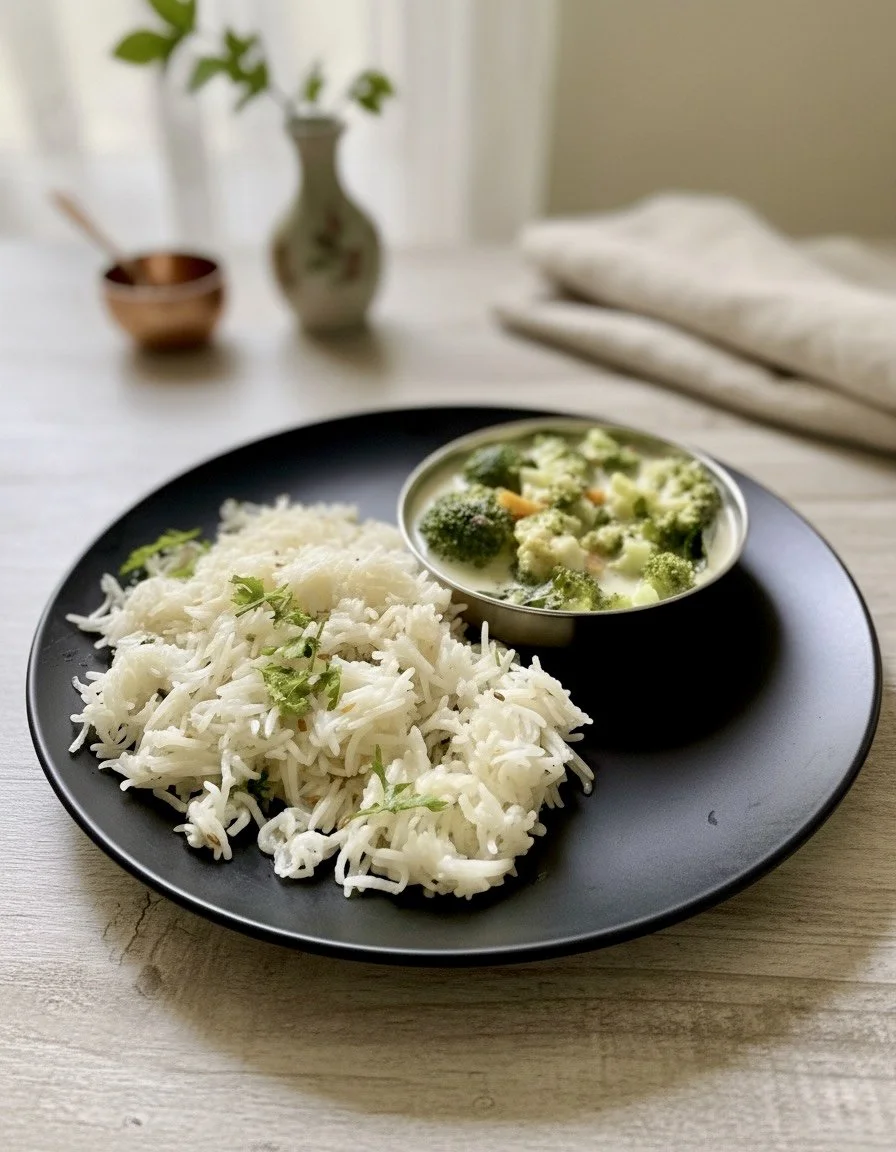
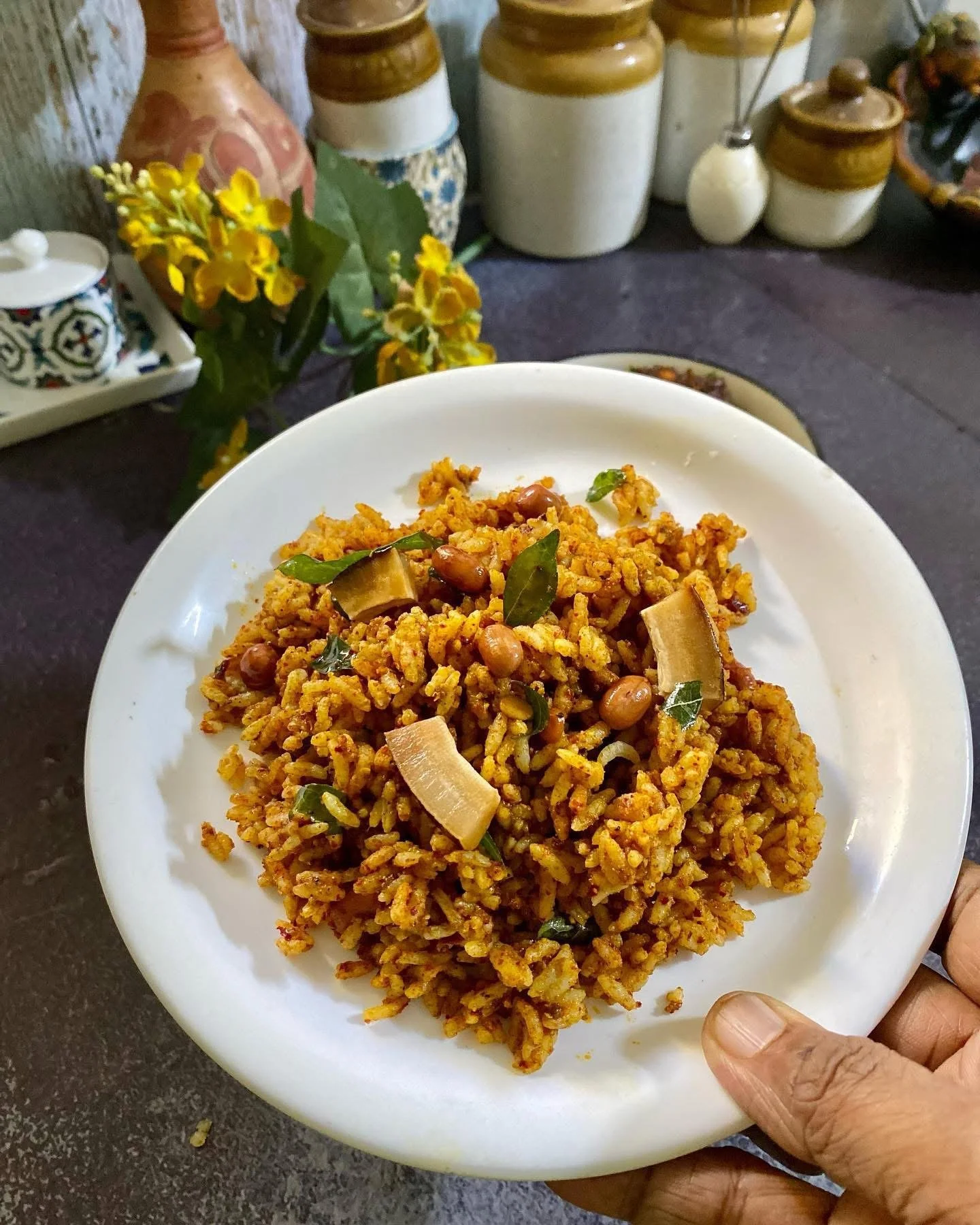
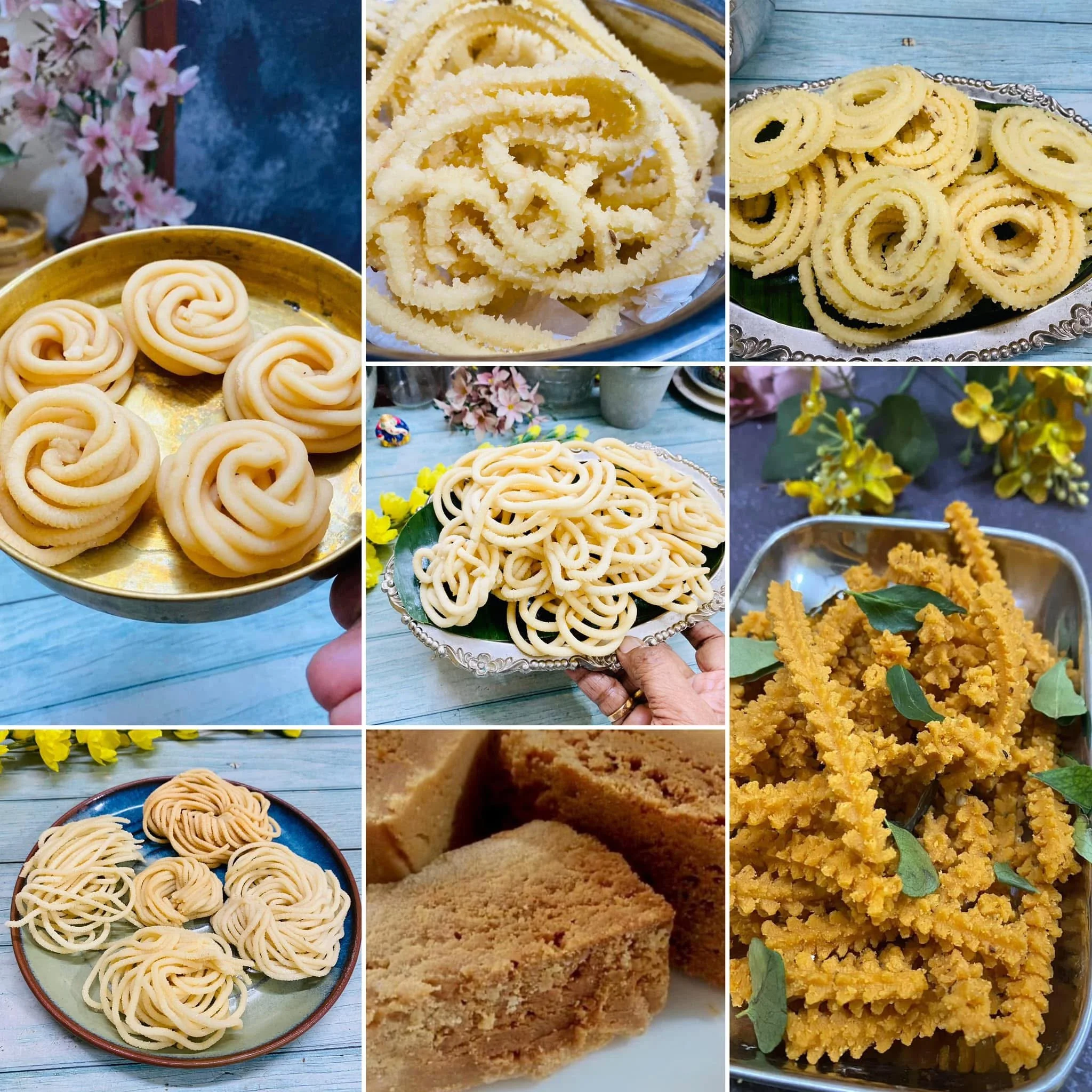
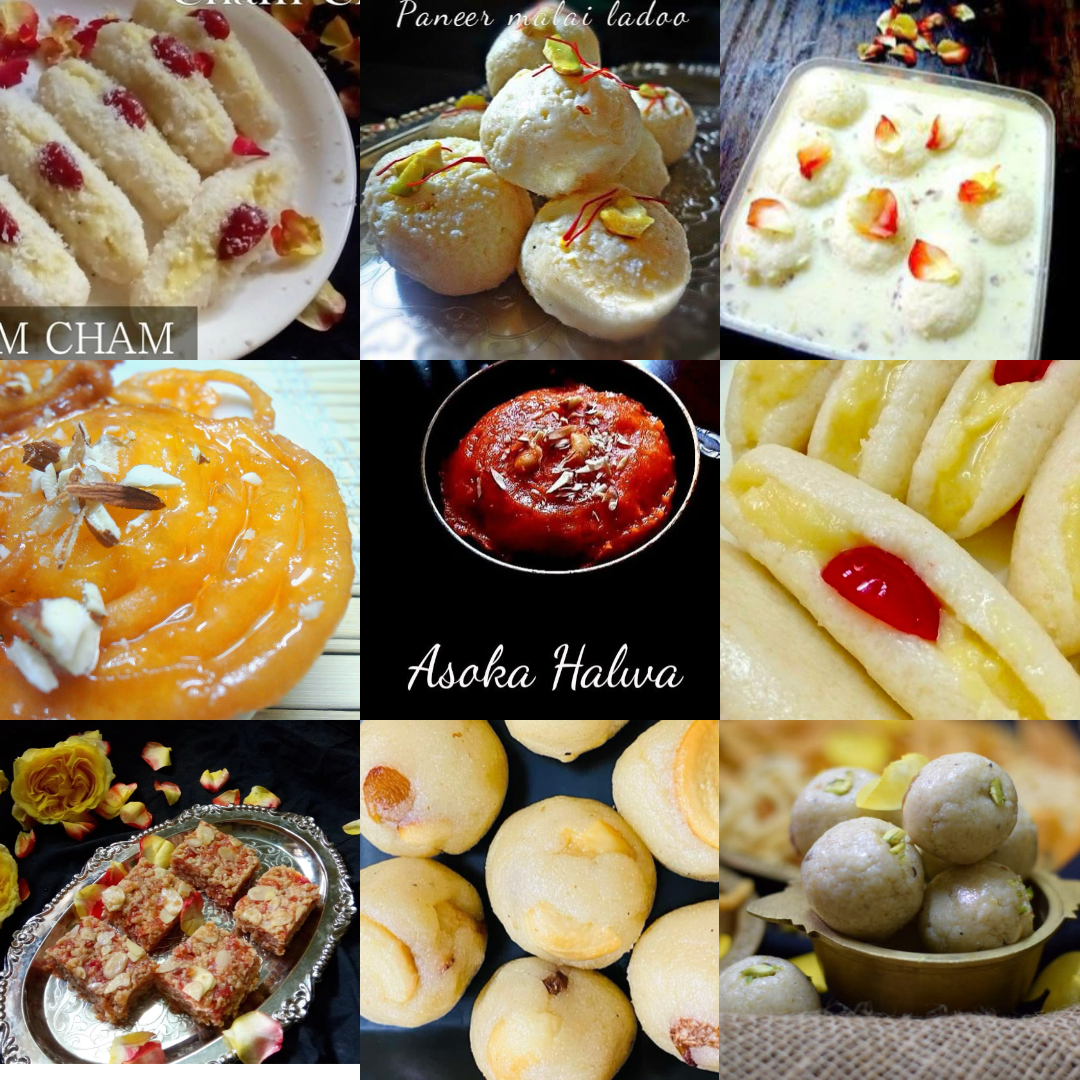
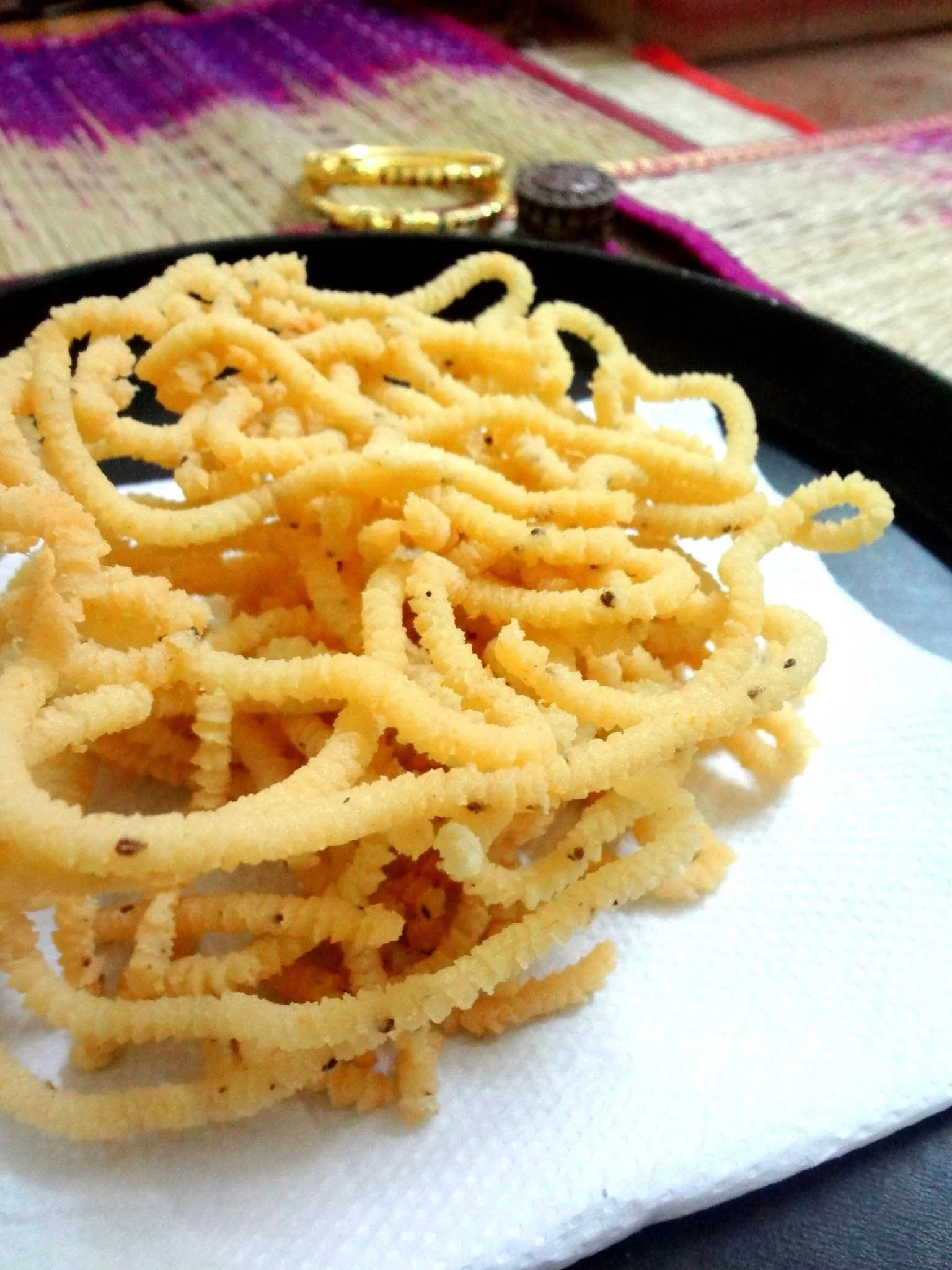

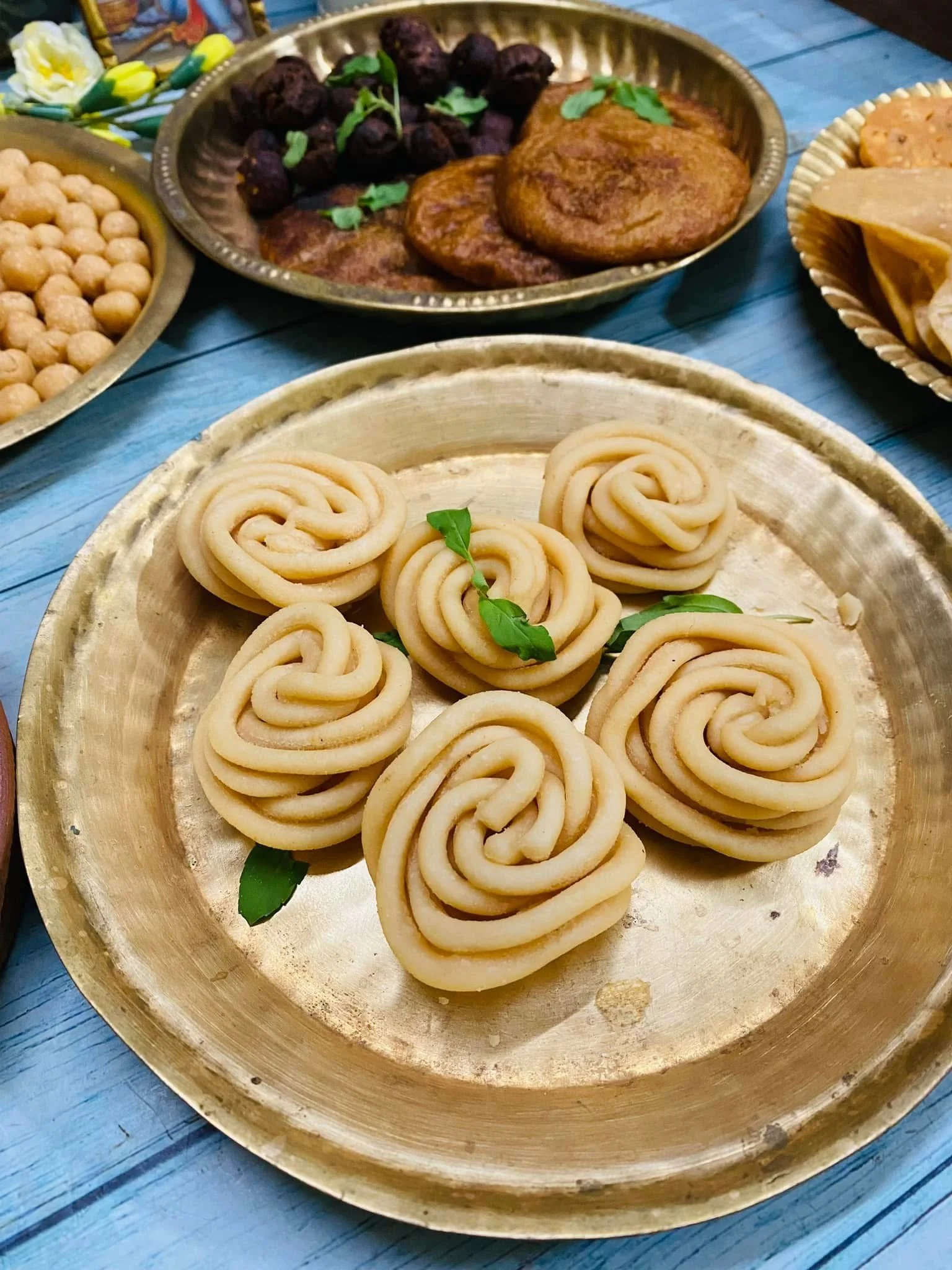


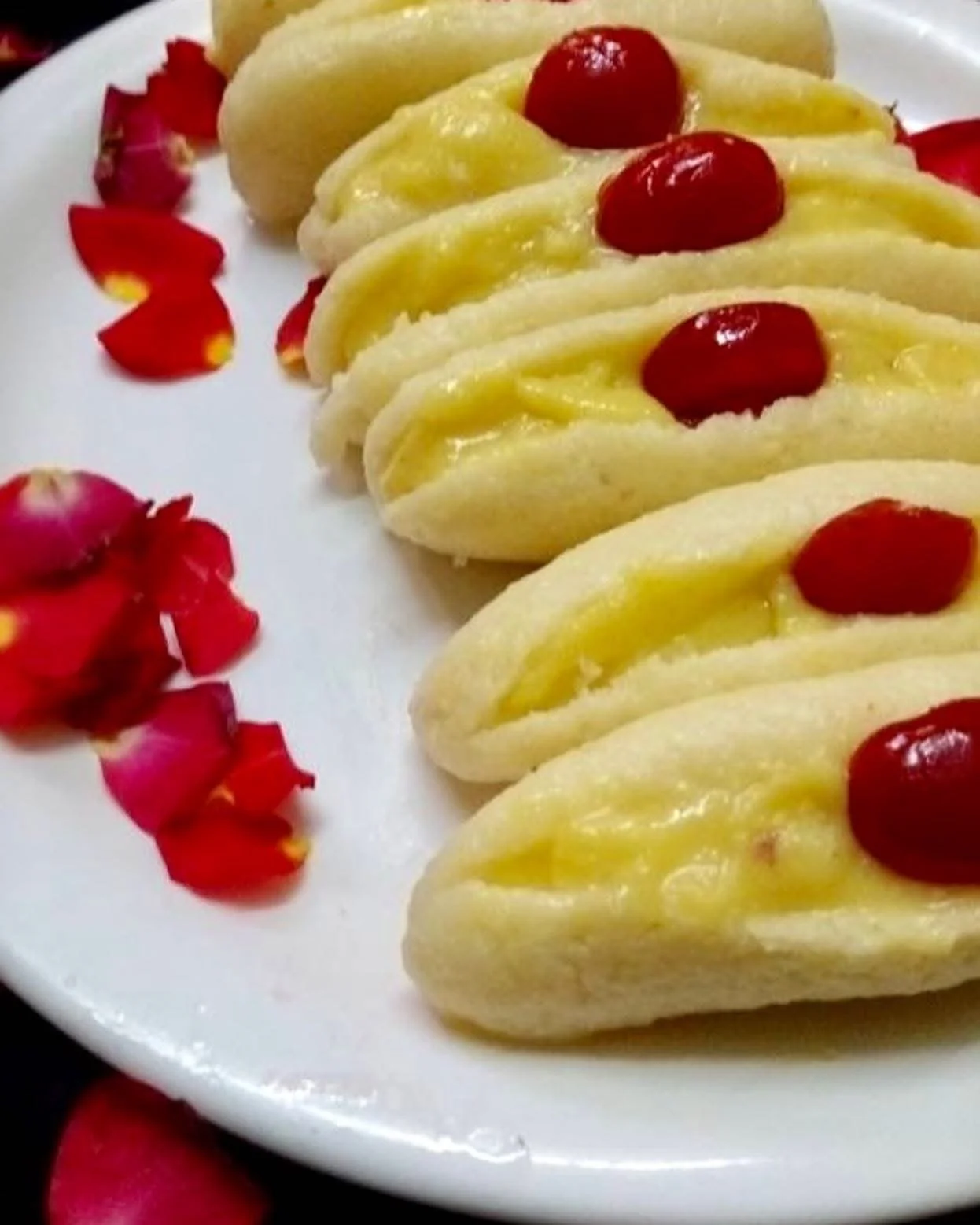

A simple homemade red gravy premix and white gravy premix that helps you prepare a variety of Indian side dishes in minutes. Perfect for quick cooking, travel, and everyday meals, this versatile curry base works beautifully with vegetables and paneer.